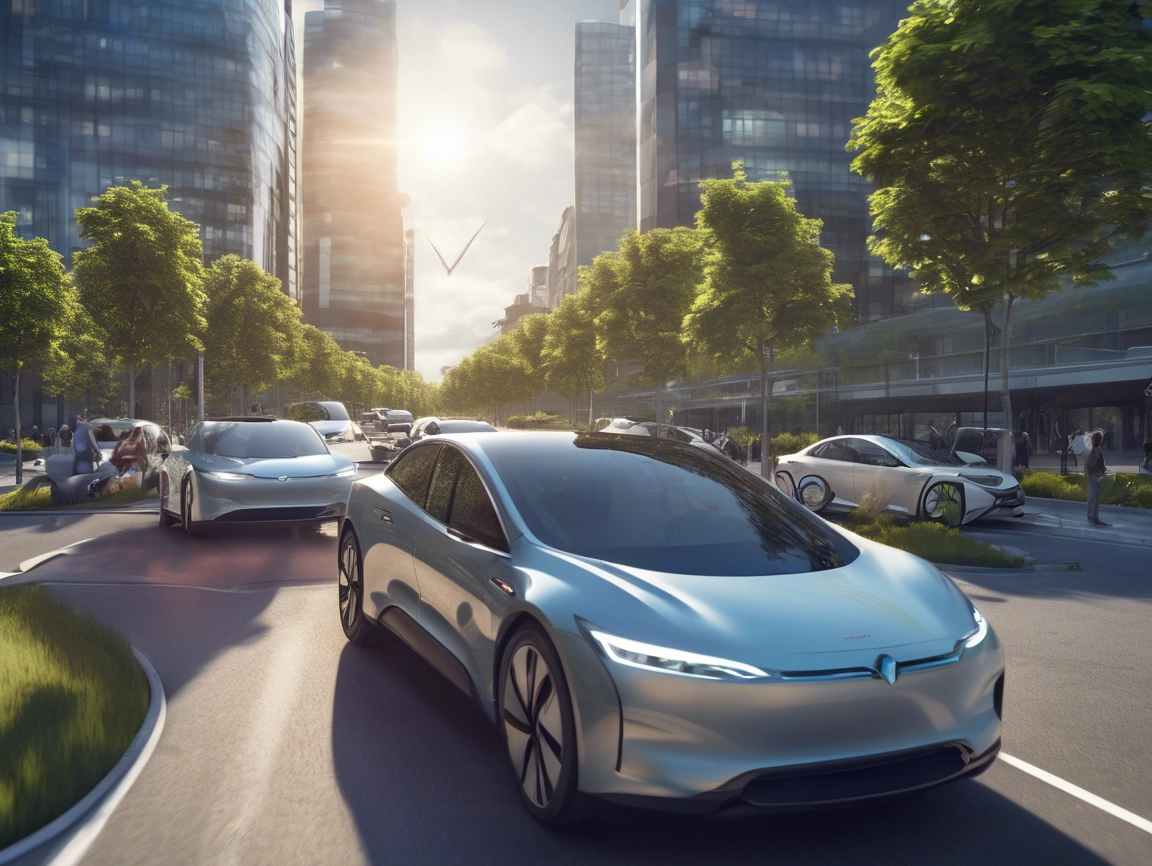Headline: The Rise of Electric Vehicles: Transforming the Automotive Landscape
Intro:
Electric vehicles (EVs) have rapidly moved from niche markets to mainstream attention. As countries and companies push toward sustainability, EVs are reshaping the automotive industry and influencing global energy consumption.
What happened:
In recent years, major automakers have significantly expanded their electric vehicle offerings. Companies such as Tesla, Ford, Volkswagen, and General Motors are launching new EV models at an unprecedented pace. Government policies around the world, including subsidies and stricter emission regulations, are accelerating this shift. Battery technology improvements have also increased driving range while reducing costs, making EVs more accessible to consumers.
Why it matters:
The transition to electric vehicles is crucial for addressing climate change because transportation is a leading source of greenhouse gas emissions globally. EVs produce zero tailpipe emissions, which helps improve air quality, particularly in urban areas. Additionally, this shift impacts oil demand and energy markets as countries increasingly rely on electricity generated from renewable sources.
Quotes and stats:
According to the International Energy Agency (IEA), electric car sales surpassed 10 million units globally in 2023, a substantial increase from just a few hundred thousand a decade ago. Mary Nichols, a prominent environmental policy expert, notes, “The transition to electric vehicles is one of the most significant shifts in our economy and environmental policy, altering how we think about energy and mobility.”
What might happen next:
Looking ahead, the electric vehicle market is expected to grow further as battery costs decline and charging infrastructure expands. Innovations in solid-state batteries and increased government mandates for zero-emission vehicles could speed adoption. However, challenges such as raw material sourcing, battery recycling, and grid capacity will need to be addressed to sustain this growth.
Conclusion:
Electric vehicles are no longer a futuristic concept but a key part of today’s transportation landscape. Their rise is driving significant environmental, economic, and technological changes. As the market evolves, the way we produce, consume, and think about mobility will continue to transform, making EVs a cornerstone of the sustainable future.








